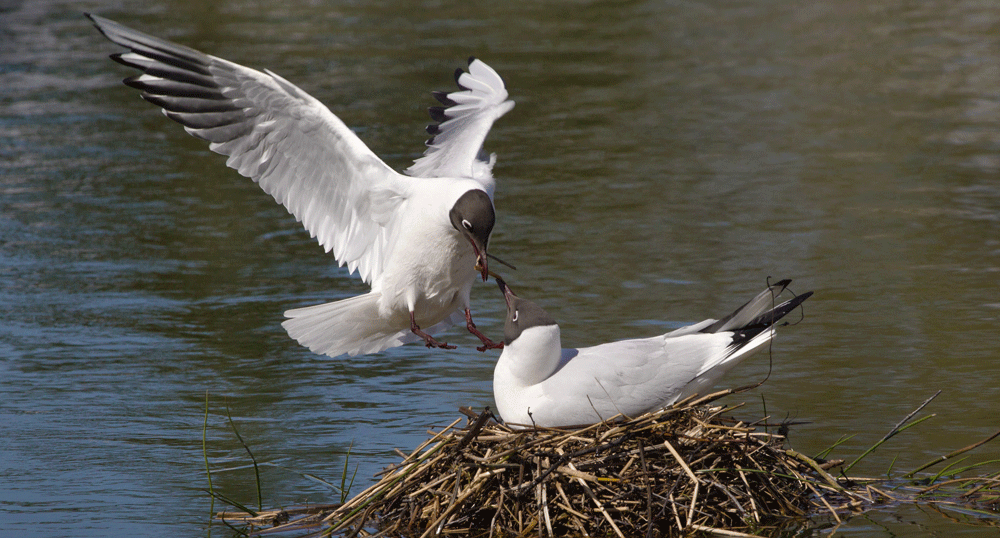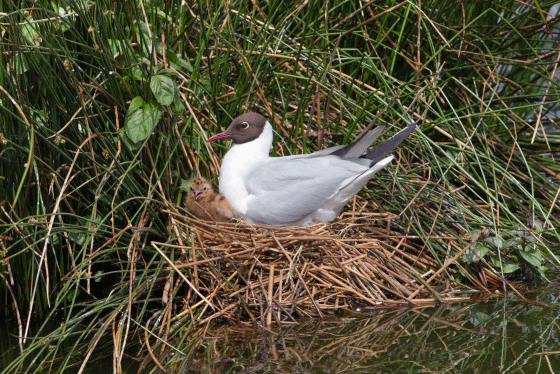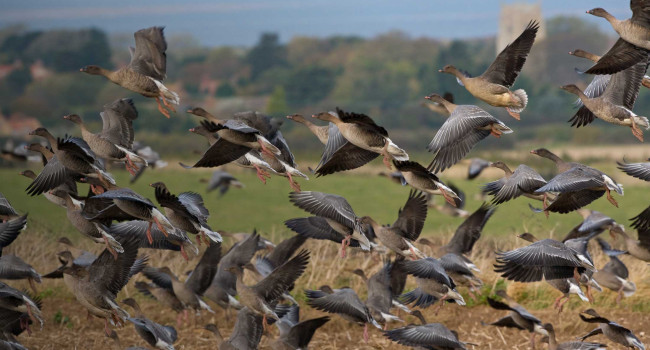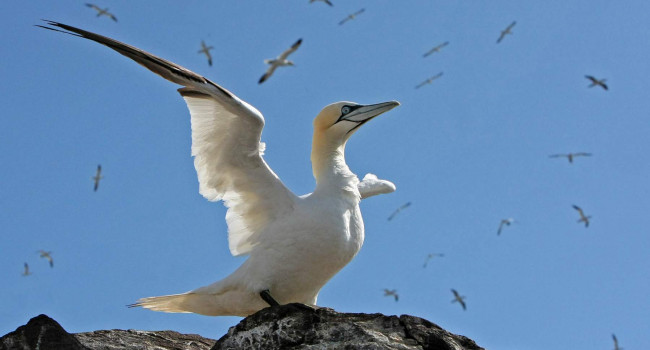Avian influenza mortality rises in threatened gull and tern colonies
Avian influenza mortality rises in threatened gull and tern colonies
14 Jun 2023
In May, we reported the devastating impact of avian influenza or ‘bird flu’ in breeding Black-headed Gull colonies near Coventry, Leicester and Leeds. Mortalities have more than doubled for this species in the last month, and in total, it is estimated that at least 10,000 Black-headed Gulls have died since the end of March.
Although only a relatively small proportion of dead birds is tested for avian influenza, current sampling suggests that very large numbers of Black-headed Gulls are infected.
Cases continue to spread, with infections emerging in Northern Ireland as well as more widely across England. In Belfast Harbour, the RSPB Windows on Wildlife reserve suspects at least 200 Black-headed Gulls have died on the site as a result of avian influenza in the last two weeks alone.
The disease is also crossing into other colonial species such as Common Terns, which often breed in close proximity to Black-headed Gulls. Sadly, there have now been reports of this species being affected by avian influenza at sites from Norfolk to County Antrim.
The spread of avian influenza through inland colonies of Black-headed Gulls and Common Terns represents the next phase of the battle against this virus that devastated so many of our coastal and offshore seabird colonies last year.Prof. James Pearce-Higgins, BTO Director of Science
40% of the 800 breeding Common Terns at Shotton Steelworks in North Wales are thought to have died from avian influenza, along with half of the 400 that breed at nearby Seaforth Nature Reserve. The numbers are still low in comparison to those of suspected avian influenza mortality in Black-headed Gulls, but there is potential for severe losses for Common Terns in the near future.
Both Black-headed Gulls and Common Terns are included on the Amber List of Birds of Conservation Concern, due to population declines and range contractions. The long-term impact of avian influenza on these threatened populations will not be known for some time yet.
How you can help
-
Don’t touch dead or sick birds
-
Keep dogs on leads to prevent them from finding and picking up dead birds
-
Clean bird feeders and bird baths regularly
Learn more about avian influenza
More information on the current outbreak, how BTO is responding, and what you can do to help, can be found on our dedicated Avian Influenza page.
Learn more about avian influenzaWe are only able to track the spread of avian influenza with the help of birdwatchers who submit their sightings, supporting the efforts of site managers and reserve wardens.Prof. James Pearce-Higgins, BTO Director of Science
Report dead and sick birds
-
Record in the BirdTrack app. This allows researchers to follow the disease’s geographical spread and rapidly assess potential impacts on populations.
-
Report to Defra (England, Wales and Scotland) or DAERA (Northern Ireland), so that if needed, dead birds can be collected for testing.
Monitor your local Black-headed Gull colony
There are several vacant sites for monitoring Black-headed Gulls as part of the Seabird Monitoring Programme.
“Black-headed Gulls breeding at upland reservoirs appear to be badly affected at the moment, so we urge birdwatchers to check out breeding sites they may know of and report any deaths.”
Dawn Balmer, BTO Head of Surveys








Share this page